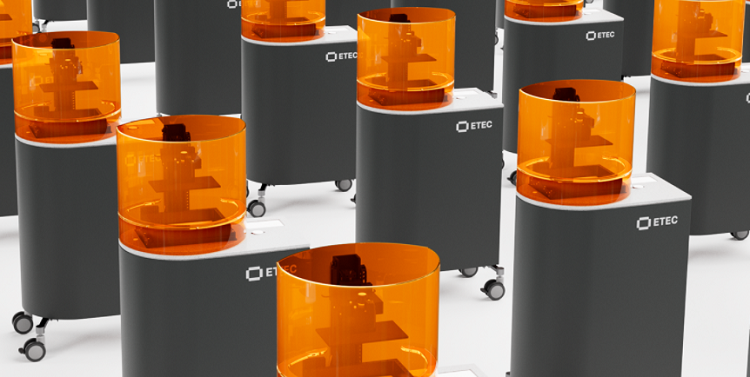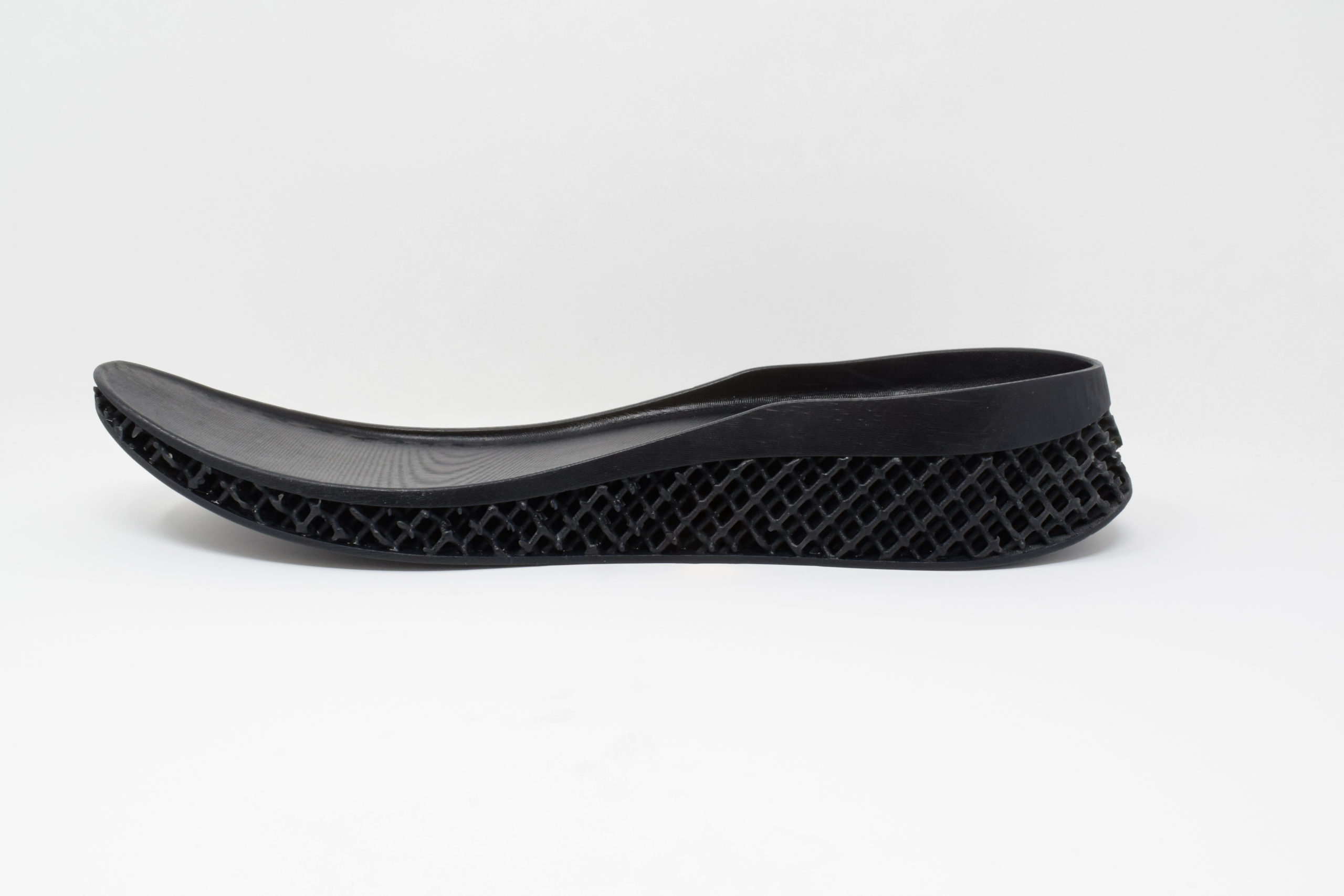At the very beginning of 2021, Desktop Metal (NYSE: DM) announced that it had acquired photopolymer 3D printing leader EnvisionTEC for $300 million in stock and cash. At the time, Desktop Metal’s founder and CEO Ric Fulop said that the two companies had the “opportunity to shape the future of Additive Manufacturing 2.0,” and Al Siblani, EnvisionTEC’s CEO, agreed, stating that bringing the two together would “deliver a global footprint of customers that can cross-benefit from our combined technology platforms.” Now, Desktop Metal has launched the launch of a new 3D printing brand and wholly-owned subsidiary, ETEC, that’s focused on industrial manufacturing customers.
The announcement of this new Additive Manufacturing 2.0 brand comes as EnvisionTEC celebrates its one-year anniversary as part of the Desktop Metal family. ETEC, pronounced ē-tek, was launched from EnvisionTEC’s assets, which are quite numerous—the company, which originally invented digital light processing (DLP) 3D printing technology, has an incredibly strong intellectual property portfolio, with over 130 patents and pending patent applications and more than 190 qualified materials.
“ETEC has long roots in the additive manufacturing industry. EnvisionTEC 3D printers, which are best known for extreme levels of accuracy and surface finish, have been leaders in the health care, dental, and medical industry since the company was founded in 2002,” the ETEC website says.
“Now, ETEC is bringing its high-speed, polymer 3D printing solutions to consumer goods and industrial manufacturers.”
The new brand was launched to give EnvisionTEC a way to connect more with industrial customers interested in digital mass production of industrial and consumer products via high-performance polymer 3D printing. The company’s 3D printers are said to offer excellent surface finish and accuracy, as well as high speed, which makes them great machines for the jewelry, medical, and dental industries.
“Desktop Metal’s integration strategy is to focus on customers and their application needs first, so we can craft the most personalized and compelling business case for them to adopt Additive Manufacturing 2.0 technologies for volume production. Our launch of ETEC and Desktop Health allows us to speak more directly to specific customers with focused needs and serve them better,” Fulop explained. “ETEC offers incredibly powerful 3D printers paired with exclusive materials that are already driving a new wave of consumer and industrial innovation.”
Desktop Metal is constantly working to integrate 3D printing materials, technologies, applications, and software, in order to bring more and more manufacturers into AM 2.0. This way, all its customers can enjoy the benefits from less waste, faster time to market, better financial savings, and more design flexibility, while also suffering less risk to their supply chains. If Desktop Metal continues acquiring companies, like Aerosint and ExOne and Aidro and more, it can continue adding new capabilities to its name, making its portfolio incredibly strong.
One example is the newly launched ETEC’s partnership with resin maker Adaptive3D, another one of Desktop Metal’s subsidiaries. Through another one of Desktop Metal’s integrations of materials and hardware, Adaptive3D’s photo elastomers will now be printed exclusively on ETEC’s 3D printing systems for an optimized performance. Now ETEC has a wide range of photopolymer materials to offer, including the market’s highest tear strength elastomer, Elastic Tough Rubber 90 (ETR 90). In fact, you can already find ETR being used in products currently on sale, like recoil pads and power tool adapters, and by partnering with ETEC and Desktop Metal, Adaptive3D’s elastomer portfolio now has new applications as well, including seat cushions and shoe midsoles.
The new ETEC brand’s logo is a representation of the recognizable DLP build tray from up above. The logo is representative of the company’s bold, structured new look and go-to-market strategy. Don’t be alarmed if you see the original EnvisionTEC name referenced in some documents and ETEC in others—the brand has its roots in the company’s first name, so both will likely be used out in the world.
Subscribe to Our Email Newsletter
Stay up-to-date on all the latest news from the 3D printing industry and receive information and offers from third party vendors.
Print Services
Upload your 3D Models and get them printed quickly and efficiently.
You May Also Like
The Dental Additive Manufacturing Market Could Nearly Double by 2033, According to AM Research
According to an AM Research report from 2024, the medical device industry, specifically in dentistry, prosthetics, and audiology, is expected to see significant growth as these segments continue to benefit from...
3D Printing News Briefs, June 28, 2025: Defense Accelerator, Surgical Models, & More
In this weekend’s 3D Printing News Briefs, 3YOURMIND was selected to join an EU Defense Accelerator, and PTC has announced model-based definition (MBD) capabilities within Onshape. Finally, a study out...
3D Printing News Briefs, June 21, 2025: AI Co-Pilot, Plastics Recycling, & More
In today’s 3D Printing News Briefs, opdo is launching an AI-powered co-pilot for advanced optical systems, and Tempus 3D received $250,000 to advance plastics recycling in 3D printing. Moving on,...
AM Research Says 3D Printing Could Be Responsible for Half the Parts on Launched Satellites by 2033
The satellite industry has grown significantly in the last decade. In the “new space race” between the more industrialized nations of the world, stiff competition has resulted in new and...



































